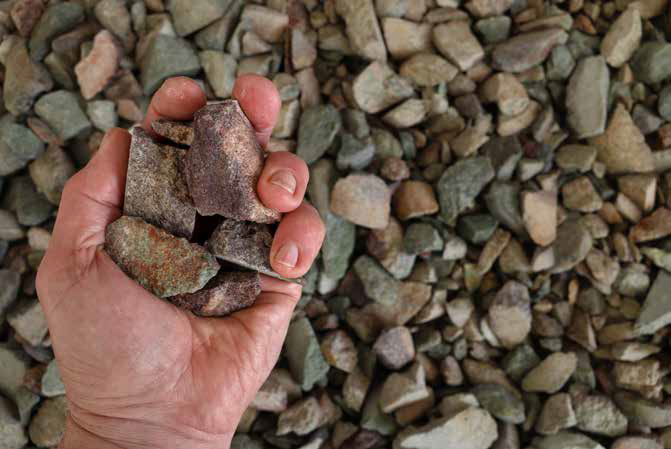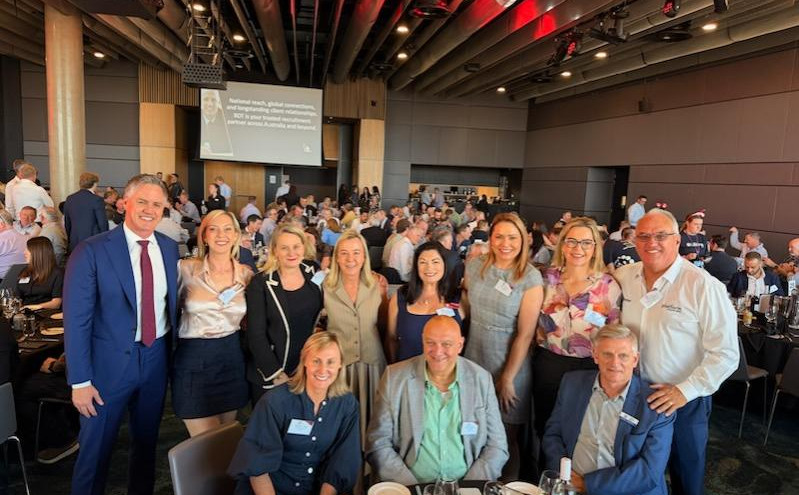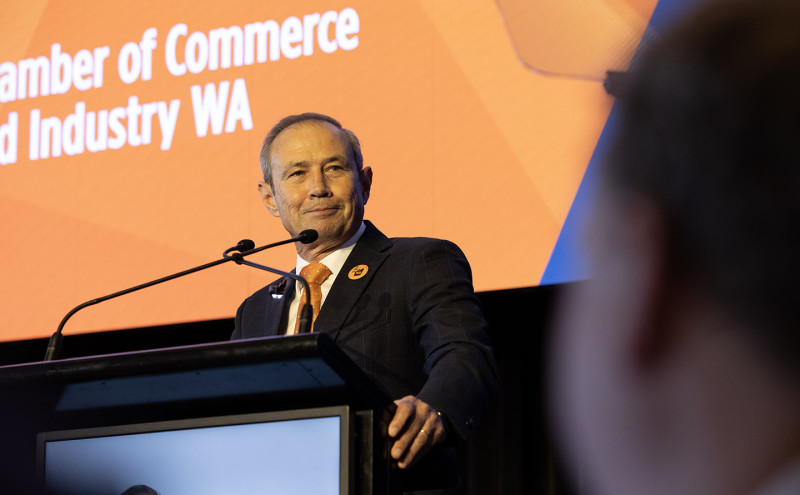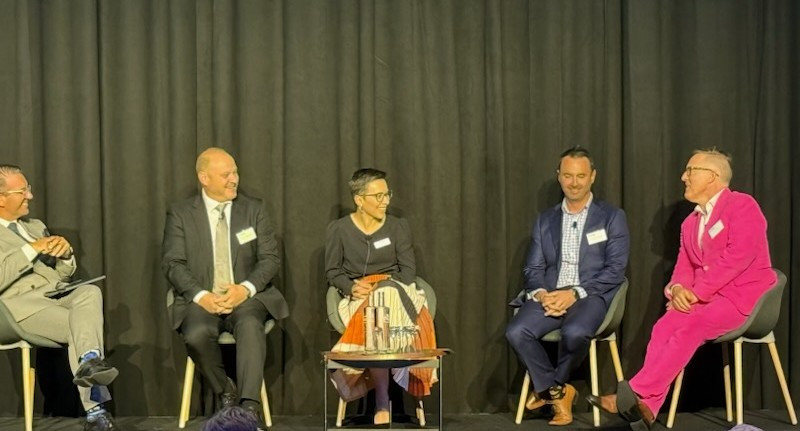Access to rare earth resources and the capability and capacity to process them into usable oxides and metal alloys helps form the basis of a new energy economy that meets net-zero goals and green business models.
Yet in 2024, China remains dominant in the production of all 17 rare earth elements, representing 70 percent of global supply, according to the United States Geological Survey’s Mineral Commodity Survey 2023.
Contemporary capital markets, even if they are aware of it, are seemingly disinterested in the implications.
Growing inefficiencies in debt financing, expectations of shareholder returns and lack of specific, experiential knowledge in rare earths processing are testing the limits and drives of many industry newcomers into stagnation.
The availability of accessible, rare-earth deposits, crucial to building alternative supply chains outside China, has never been in doubt. But unleashing value “beyond ore” takes a generation.
The sheer scale is daunting: think billions in capital, infrastructure costs and exchange rate risk coupled with complexities in downstream processing along with access to technologies underpinning magnet production and the economic challenge for downstream, associated manufacturing industries.
It is thorny, intricate and unrelenting.
And if that wasn’t enough, the criticality of heavy rare earths (dysprosium and terbium) and metals resistant to heat and wear (niobium) are now exposed to forces of “deglobalisation”. China restricts access to proprietary technology and comprehensive industry know-how, leaving Western governments to fill the gap, encouraging start-ups that can barely survive, or exist, without a subsidised form of “deficit financing”.
China mastered the art of deficit financing of rare earths last century, subsidising the sector and enshrining it in national policy as a long-term “investment” in its future.
By contrast, governments in Australia, US and Europe see their actions as supporting initiatives to capture more of the rare earths value chain, while encouraging market mechanisms to reach sustainability targets and unleash seemingly unlimited, “borrowed” capital.
Today, the only two existing, commercially operating rare earth miners outside direct Chinese ownership or control are Australia’s Lynas Rare Earths Ltd and the United States’ MP Materials Corp.
MP Materials exports rare earths ore concentrate for processing and consumption in China, while it completes construction of its plant in Fort Worth, Texas (slated for commissioning in 2025).
Lynas has a wellestablished relationship with Sojitz Corporation, supplying a large portion of output from its Malaysian-based refining operations to Japanese customers. It is bolstered by substantial investment from the Japan Organisation for Metals and Energy Security (JOGMEC), shoring up Lynas’ processing capacity and securing supply of light and heavy rare earths to the Japanese market.
But for both producers, the path to production was fraught as they grappled with informed trial and error, became mired in production delays, perceived radiation risk, misinformation campaigns, political uncertainty, debt restructuring, administration, litigation and protracted licensing approvals.
All this confirms there is no sheet of instructions for accomplishing rare earths separation economically or efficiently, if at all.
Riding the boom in rare earths is not for the faint-hearted. For some it is a harsh lesson of investing (insufficient) capital in companies banking on making money for their founders, without an economically feasible plan to produce the “critically needed” outputs in a usable form, at a price the economy can afford.
Meanwhile, current rare earth prices reflect an exhaustion of market confidence in forecasts of perpetually increasing demand, against the inability of miners to deliver supply.
Market analysts unfamiliar with the variability in commercial extraction from the vast array of geology binding rare earth deposits struggle to define the “bankability” of a company’s projections and reasonably predict shareholder returns.
Notwithstanding the insight of highly credentialled financial advisors, it is not even the price of rare earths; it is the availability and access to sufficient supplies of high-quality rare earths in end-user form that unleash the upside potential.
There is a dual system of demand arising from miliary and civilian procurement which determines those industries essential for national security and what steps should be taken to establish and support them.
Meanwhile, a fundamental misconception of a unitary rare earths market prevails, focussed on supply which fixes on the inherent value of the resource over the proven competencies in recovery, downstream processing and a broad ecosystem of industry economics.
For the industry to flourish and develop new sources of sustainable rare earths, miners, financiers and policy makers fundamentally need a comprehensive understanding of processing, industry economics and global supply chains; and a willingness to collaborate with experienced industry leaders and funders, where trust and the enabling role of government can provide a long-term advantage.
At the same time, governments outside China can wield five main levers to influence, build and grow alternate supply in the rare earths: strategic storage, localisation, near shoring, friend shoring and international partnerships. These levers can collectively shape a new landscape that is instrumental to navigating the complexities of an interconnected, global economy in rare earths.




